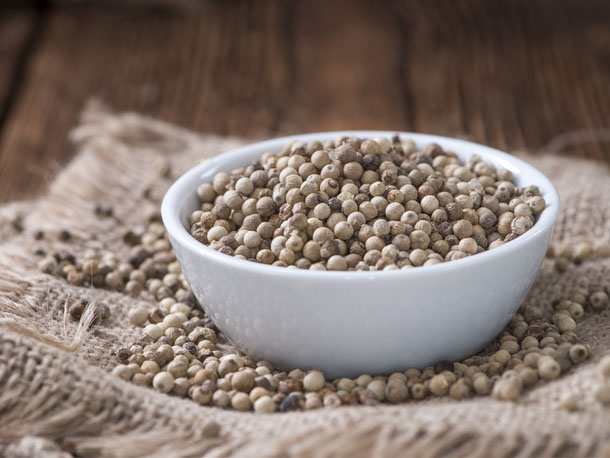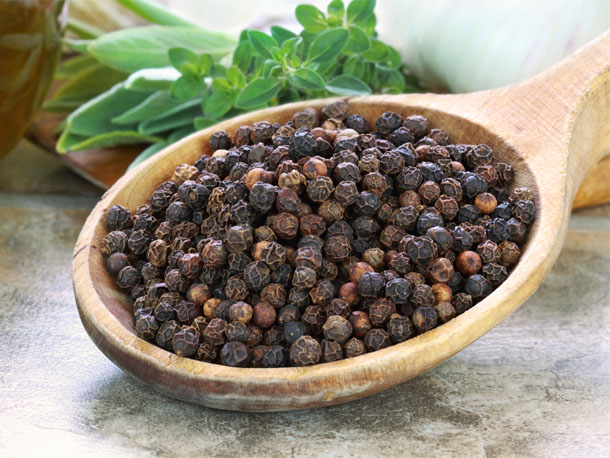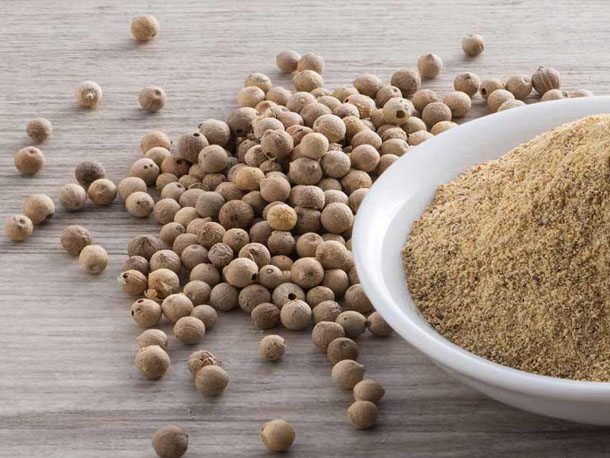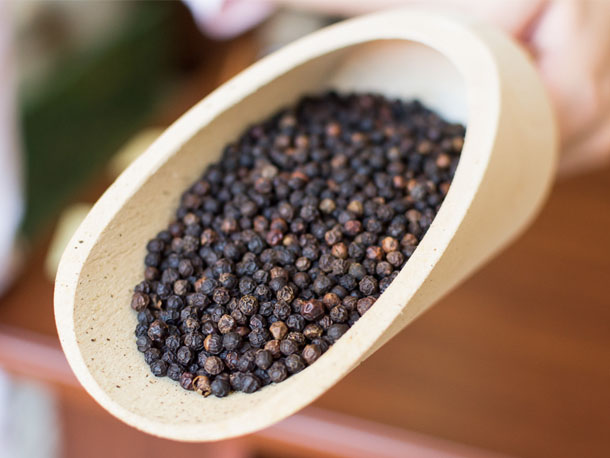Pepper prices decline slightly in India and Sri Lanka
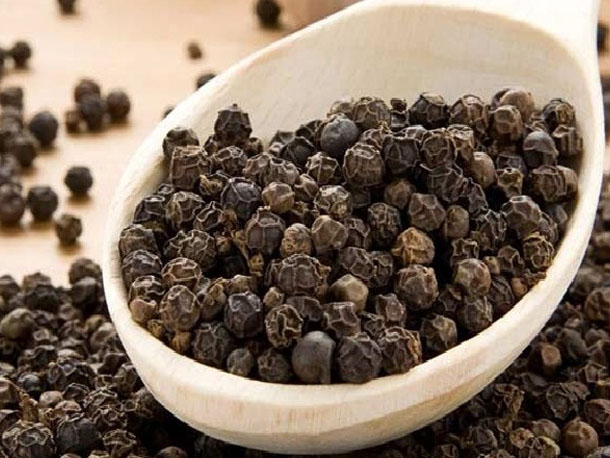
The domestic pepper market in Indonesia continued to be mixed over the week to July 1, the Jakarta-based International Pepper Community observed in its report for the latest period.
The IPC added that in India and Sri Lanka, black pepper prices decreased marginally. In Bangka and China, the white pepper prices also decreased, while in Lampung, the local price of black pepper increased. Stable prices were reported in Vietnam and Sarawak.
In Lampung, market activity was reported to be very limited. Inter-island shipment was reported to be more attractive on better prices. New material from the forthcoming harvest in Lampung is expected to be available in late July. In Bangka, initial harvesting has started and normal harvesting will start after the Ramadan festival.
Meanwhile, during April 2016 Brazil exported 1,750 tonnes of pepper valued at USD14.4 million compared with 2,764 tonnes valued at USD25.5 mln exported in April 2015 – a decrease of 37% in quantity and 43% in value, the IPC noted.
Brazil’s pepper exports have also decreased from 4,307 tonnes in January 2016 and from 5,785 tonnes in November 2015. The continuous decrease of exports during the high prevailing price reflects the fact that the stock of pepper in Brazil has been exhausted, the IPC added.
During January-April 2016 Brazil has exported 13,753 tonnes of pepper, an increase of 19.7% from 11,489 tonnes of total export in the same period last year, the report explained.
This was possible because of good harvest achieved in August/September last year, the IPC explained.
Latest data from GTIS and SECEX – the Foreign Trade Secretariat – shows that between January and May 2016 Brazil shipped a total of 14,914 tonnes of pepper to global destinations, 15.32% up from the first five months of 2015.
The US and Germany remained the top two markets over the period, accounting for nearly 60% of the total exports.
France and Spain have also help prominence as the third and fourth biggest markets respectively.
France’s purchases were 84.3% up over the five month period at 1,442 tonnes, but Spain’s dipped a marginal 3.9% to 1,254 tonnes.

